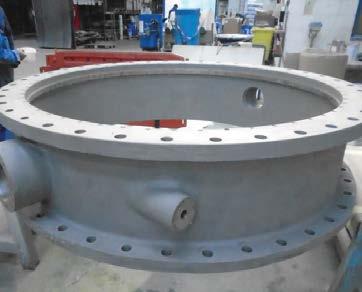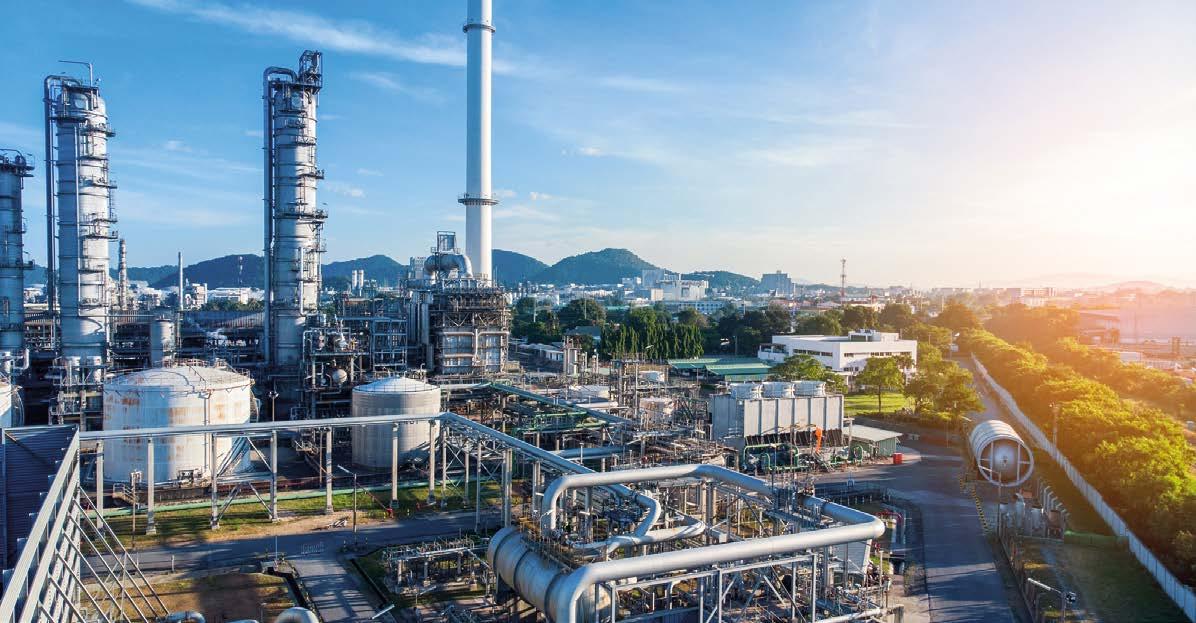
1 minute read
EDITOR’S LETTER
Alessia Venturi
Editor-in-chief The pandemic has undoubtedly affected all aspects of our lives and all economic sectors alike, including the corrosion prevention one. Contrary to what one might think, however, not all of its effects have been negative. Apart from the devastating impact of the supply chain failure, which is still a major problem also in terms of rising raw material costs, some trends have emerged (partly exposed by an article from “The Coating Inspector” blog, which you will find at the beginning of this magazine) that are forcing companies to hit the gas on R&D, with undoubted benefits on the evolution of anti-corrosion coating (passive protection) systems. One of them is the demand for greater efficiency, durability, and effectiveness of paints. Alongside this is the opportunity-turned-need to reduce dependence on oil derivatives for the formulation of coatings, as well as to reduce VOCs. Epoxy paints (largely derived from renewable resources and therefore more sustainable) thus got centre stage, even offering the possibility of incorporating additional properties (antibacterial, for example). The use of water-based coatings is also gaining ground in sectors traditionally associated with the use of solvent-based systems, such as the oil industry. A fascinating case study on valve coating by a well-known Italian company bears witness to this. The spread of powder coatings in parallel with that of water-soluble products also proves that it is possible to reduce VOCs without sacrificing performance, which is crucial in the anti-corrosion sector. This move away from traditional high-solvent technologies is also evident in the marine sector, with the latest generation of anti-fouling paints. Finally, this issue of ipcm_Protective reiterates once more the importance of surface preparation for a high quality, durable, and fully functional anti-corrosion coating: we deal with this in an extensive article analysing the available mechanical preparation processes and in another chapter of our “Inspection LogBook”. Unfortunately, we will have to wait until 2022 to see all these technologies on display at a trade fair open to professionals. This is yet another disheartening negative effect of the pandemic: all strategic exhibitions planned for 2021 have been postponed to 2022 or turned into online events, which however tend to lack the power of relationships and networking that underpins a trade fair’s success. Hopefully, this is the last time we will have to talk about this aspect of the pandemic on social and commercial relations.









